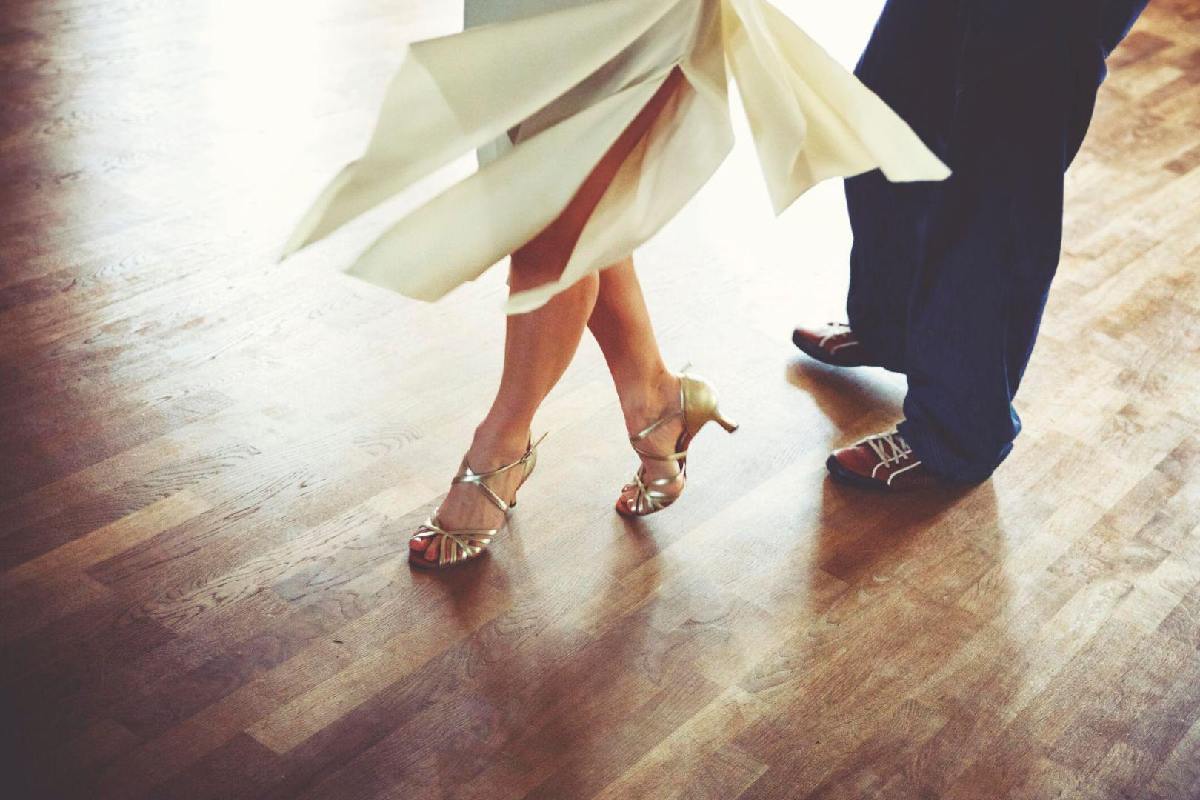Ballroom dancing embodies precision, elegance, and flair. Whether you are a beginner tentatively stepping onto the Latin ballroom dance shoes pursuit or a seasoned professional, making the right shoe choice can elevate your performance. Therefore, there is no compromise if you want a wonderful dancing experience.
Dancing shoes are essential tools that provide support, comfort, and stability. They enable dancers to glide effortlessly across the floor, adding finesse and confidence to their every move. This comprehensive guide will teach you the art of selecting the perfect pair of ballroom dancing shoes. Read on to find out how!
Table of Contents
A. Types of Ballroom Dancing Shoes
There is a diverse range of ballroom dancing shoes to meet the specific requirements of different dance styles that you may choose. They include:
- Standard/Smooth Shoes
Designed for dances like Waltz, Foxtrot, and Tango, these shoes typically feature closed-toe designs and lower heels to facilitate smooth gliding movements across the floor.
- Latin/Rhythm Shoes
Ideal for energetic dances such as Salsa, Cha-Cha, and Rumba, Latin/Rhythm shoes often have open-toe or strappy designs and higher heels to accentuate footwork and provide stability during spins and turns.
- Practice Shoes
Practice shoes are versatile options suitable for rehearsal sessions and casual practice. They offer comfort and durability without compromising on style or performance.
- Performance Shoes
Performance shoes should dazzle. They may feature embellishments like rhinestones or glitter, and their designs enhance the dancer’s presence on stage.
B. Choosing the Right Ballroom Dancing Shoe Fit
Selecting the perfect pair of ballroom dancing shoes begins with finding the right fit. Here are some essential tips to help you choose:
- Comfort: Avoid shoes that pinch, squeeze, or rub against your feet, which can cause discomfort and distract you from your performance.
- Proper Sizing: Ballroom dancing shoes often fit differently than regular street shoes, so following the manufacturer’s sizing guidelines is crucial. Consider trying on in-store shoes or consulting online retailers’ sizing charts to ensure an accurate fit.
- Toe Box Space: Your toes should have enough room to wiggle comfortably inside the shoe without feeling cramped. A snug but not tight fit in the toe box is ideal for maintaining stability and balance during dance movements.
- Heel Height: The heel height affects posture and balance while dancing. Beginners may prefer lower heels for added stability, while experienced dancers may opt for higher heels for a more dramatic aesthetic.
C. Material Matters
The quality and type of materials used in ballroom dancing shoes play a significant role in their performance and durability. Here is what to consider:
- Suede vs. Leather Soles
Suede soles offer the perfect balance of grip and slide, allowing smooth transitions and precise footwork. Leather soles, on the other hand, provide greater durability and resistance to wear and tear, making them ideal for outdoor dancing or rougher surfaces.
- Upper Materials
The upper portion of the shoe should feature breathable materials like satin or leather to keep your feet cool and comfortable during extended dance sessions. Additionally, look for shoes with flexible uppers that allow for natural foot movement without restricting mobility.
D. Maintaining Your Shoes
Proper maintenance is essential to prolong the life of your ballroom dancing shoes and ensure optimal performance. Here are some tips:
- Clean and Brush Soles: Regularly clean and brush the soles of your shoes to remove dirt, debris, and wax buildup that can affect traction and slide.
- Store Properly: When not in use, store your shoes in a cool, dry place away from direct sunlight to prevent damage to the materials and maintain their shape.
- Rotate Pairs: If you dance frequently, consider rotating between multiple pairs of shoes to allow them to air out and prevent premature wear.
- Repair as Needed: Monitor the condition of your shoes and address any signs of wear or damage promptly. Repairing minor issues like loose stitching or worn-out soles can extend the lifespan of your shoes and save you money.
Final Thoughts
In the world of ballroom dancing, the right pair of shoes can make all the difference between a mediocre performance and a show-stopping routine. As highlighted here, you can elevate your dancing experience to new heights of elegance and grace by following these guidelines. So lace up your shoes, hit the dance floor, and let your feet do the talking!

